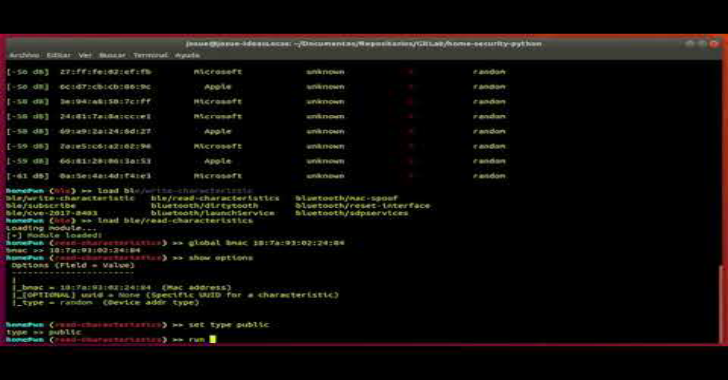SAND is a novel tool designed to enhance the efficiency of software fuzzing by decoupling sanitization from the fuzzing process.
Fuzzing, a widely used software testing technique, often suffers from overhead caused by sanitizer instrumentation.
SAND addresses this issue by separating the sanitization and fuzzing workflows, allowing for low-overhead and high-performance testing.
Core Functionality
SAND operates by utilizing two separate binaries during its workflow:
- Native Binary (Non-Sanitized): This binary is built without any sanitizer instrumentation and is used by SAND to collect coverage data during each fuzzing loop.
- Sanitizer Instrumented Binary (Without AFL Instrumentation): This binary includes sanitization but excludes AFL instrumentation. It is used to verify whether interesting inputs trigger sanitizer checks.
By decoupling these processes, SAND reduces the runtime overhead typically associated with sanitizer-enabled fuzzing, while still ensuring comprehensive error detection.
sandBranch: Contains the reference implementation used in the paper’s evaluation, forked from AFL++ version 4.05c.upstreamBranch: Represents efforts to port SAND to the latest version of AFL++.
To use SAND:
- Build the native binary using
afl-clang-fast. - Build the sanitizer instrumented binary with
AFL_SAN_NO_INST=1andAFL_USE_ASAN=1. - Run SAND with the following command:
AFL_NO_UI=1 AFL_SKIP_CPUFREQ=1 afl-fuzz -i <input_dir> -o <output_dir> -a <sanitized_binary> -- <native_binary> -f @@SAND can be built using Docker for ease of reproduction:
docker build -t sand .Alternatively, users can follow instructions in the original AFL++ README if Docker is unavailable.
For evaluation reproduction, detailed instructions are provided in the evaluation folder of the repository.
SAND’s approach is simple and adaptable to other fuzzers. For example, it has been applied to Fuzzilli, demonstrating its versatility. SAND represents a significant improvement in fuzzing efficiency by decoupling sanitization from fuzzing.
Its low-overhead design ensures faster execution while maintaining robust error detection capabilities, making it a valuable tool for software testing and security research.















.webp)

